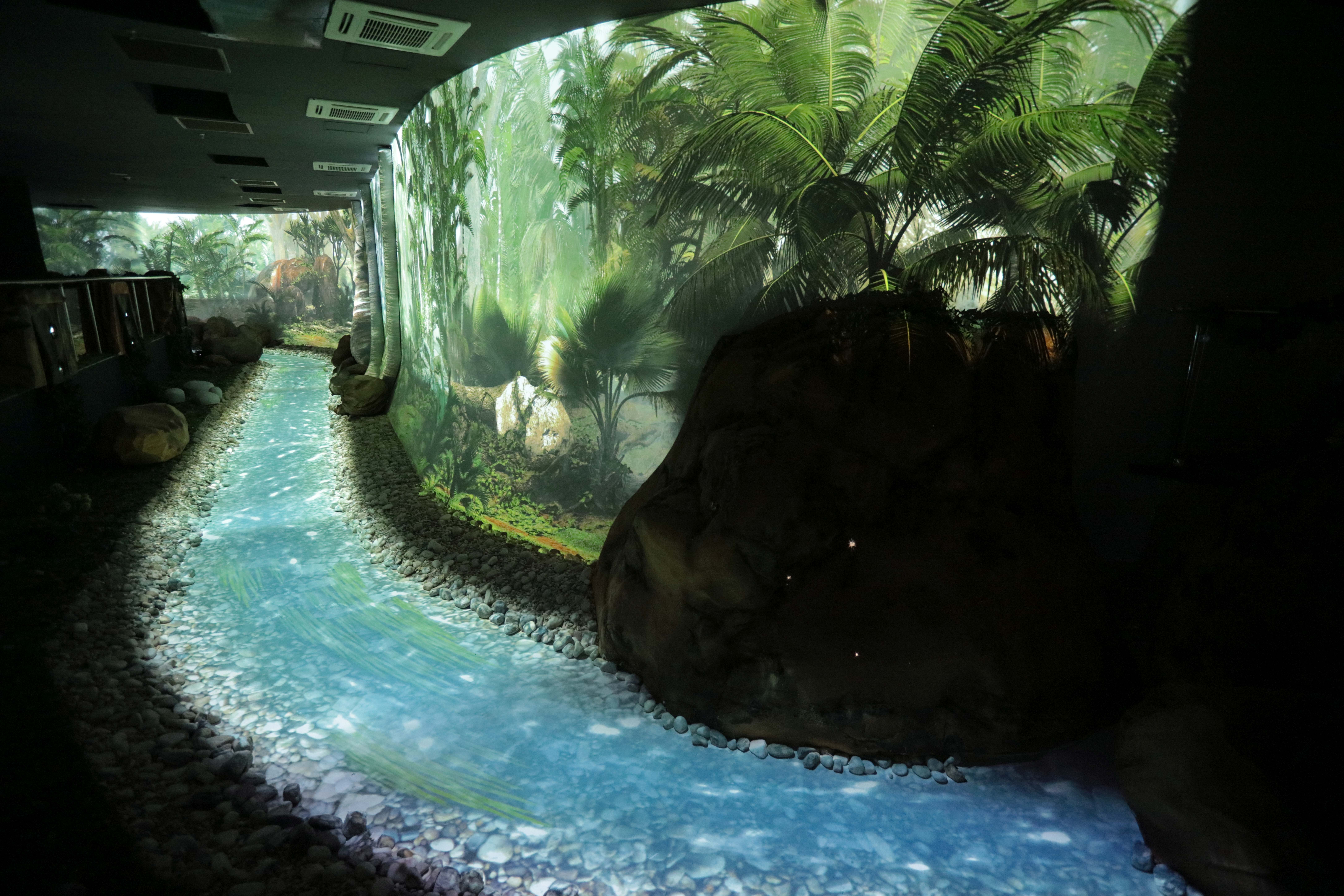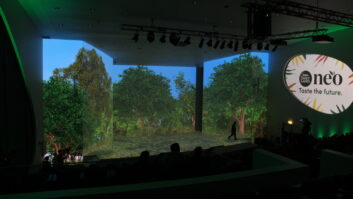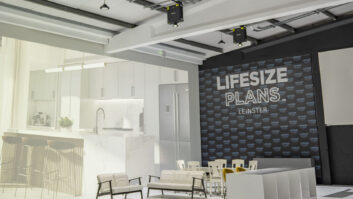
In the first part of this projectors feature, we looked at what manufacturers can do to differentiate themselves from the competition. Here we reveal what functionality manufacturers believe ensures a future-proofed solution.
With extensive and similar specification lists, it can be hard for integrators to know the best solution for any given project. From the manufacturer’s point of view, what should integrators be looking at when specifying a projector?
“The next thing they need to look out for with regard to futureproofing is 8K architecture – it is coming and there are already a lot of discussions around this new resolution milestone”
“Our integrators are looking for reliable, stable and long-life projectors that use the latest technology, be that 4K/8K resolution or the latest in connectivity, such as DisplayPort or HDBaseT,” offers Chris Axford, international sales and marketing director at Digital Projection. “SIs also need to ensure that their purchase decisions are futureproofed, and that is why we are seeing a shift to 4K resolution over HD. It took a while for infrastructure/signal distribution to catch up with the projectors, but that is now in place. The next thing they need to look out for with regard to futureproofing is 8K architecture – it is coming and there are already a lot of discussions around this new resolution milestone, in particular with the upcoming 2020 Tokyo Olympics which will be captured in 8K.”
On the point of futureproofing, Axford has an ally in Joe Ahmed, Optoma head of marketing, EMEA: “Even if the content that people use today is not native 4K, it is only a matter of time, so integrators should look to futureproof now.”
Thomas Walter, section manager strategic product marketing at NEC Display Solutions Europe, rightly points out that when integrators are weighing up different options the initial cost should only be a part of the discussion as it is only part of the lifetime cost. “They should focus more on the operational costs and other efforts that the projector will require. This will make laser projectors a very profitable and well-considered decision. In addition, warranty conditions and the service a manufacturer provides are key purchasing criteria. If the purchase was cheap but the operation is flawed and the service is not a serious offering, then you have not made a good investment. You should ask in detail how the service is organised and how well you are supported, just in case.”
Looking forward to developments coming soon that will impact the projector market: “Further economies of scale are expected in laser light source technology which will further expand the feasibility of laser at lower brightness levels, and open more affordable laser solutions which can further grow those new applications that love laser,” says Ahmed. “Couple this with 4K resolution and increasing options for short-throw optics and there will be some staggering products coming to market.”
“It is safe to say that higher resolutions and higher frame rates are always on the close horizon, and these will become more mainstream in the coming years,” explains Axford. “There is also currently a customer need for ever-wider colour gamuts, especially in entry to mid-range single-chip DLP projectors.”
“Voice control may work to some extent in raising the status of projection technology in terms of its technical advancement”
Acer is set to announce the introduction of Alexa voice control this quarter and Optoma currently has its offering in development. Could voice control be the next big thing in projection? Futuresource Consulting analyst James Kirby is unconvinced. “Voice control may work to some extent in raising the status of projection technology in terms of its technical advancement,” he says; “however, this is really only a small part of the picture, with smart functionality, usability and projector design being much more important in creating surplus demand outside of the traditional [home] cinema enthusiast channel.”
He adds that voice compatibility will only have a small impact on global market volumes over the next few years. “Currently the area with by far the most potential for adoption is China. Domestic Chinese brands have recently experienced rapid growth, demonstrating the successful use of smart functionality and product design to drive them to the top of the China home market. However, the international market is significantly behind on this trend, and as a result will not see the same pace of adoption in voice.”
In terms of the verticals where voice control will be most applicable, Kirby concludes: “The corporate meeting room is likely to offer the most potential for voice-controlled projection, driven by meeting room control systems. As a result, it is expected that projection will remain mostly within compatibility rather than branching out to an integrated voice assistant for corporate applications. Voice control has the potential to offer ease of use to relatively complex projection functionality, potentially improving meeting productivity. However, there are still many concerns regarding security in corporate applications, and many are asking whether the current benefits that voice can offer outweigh the perceived risks.”







